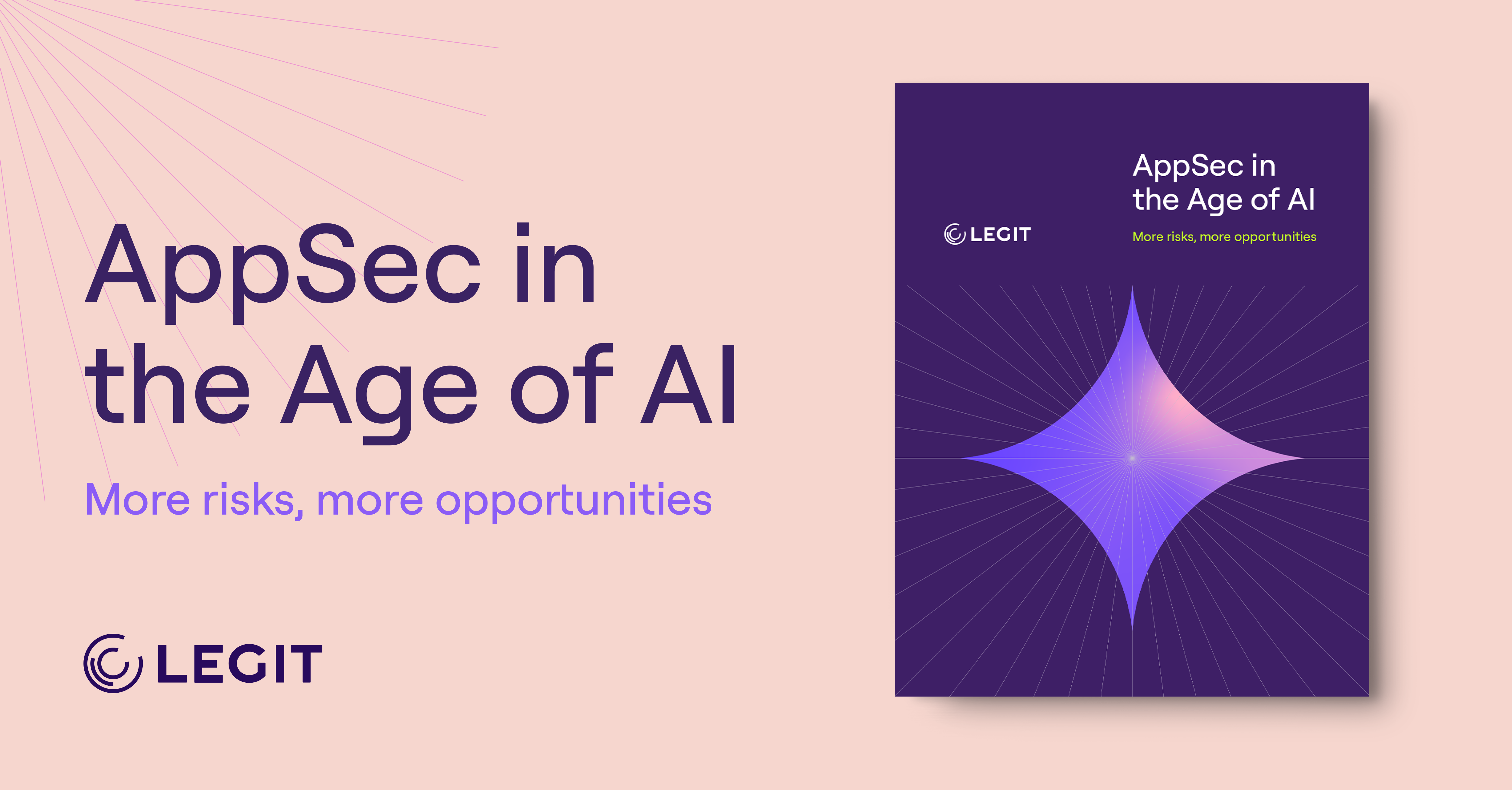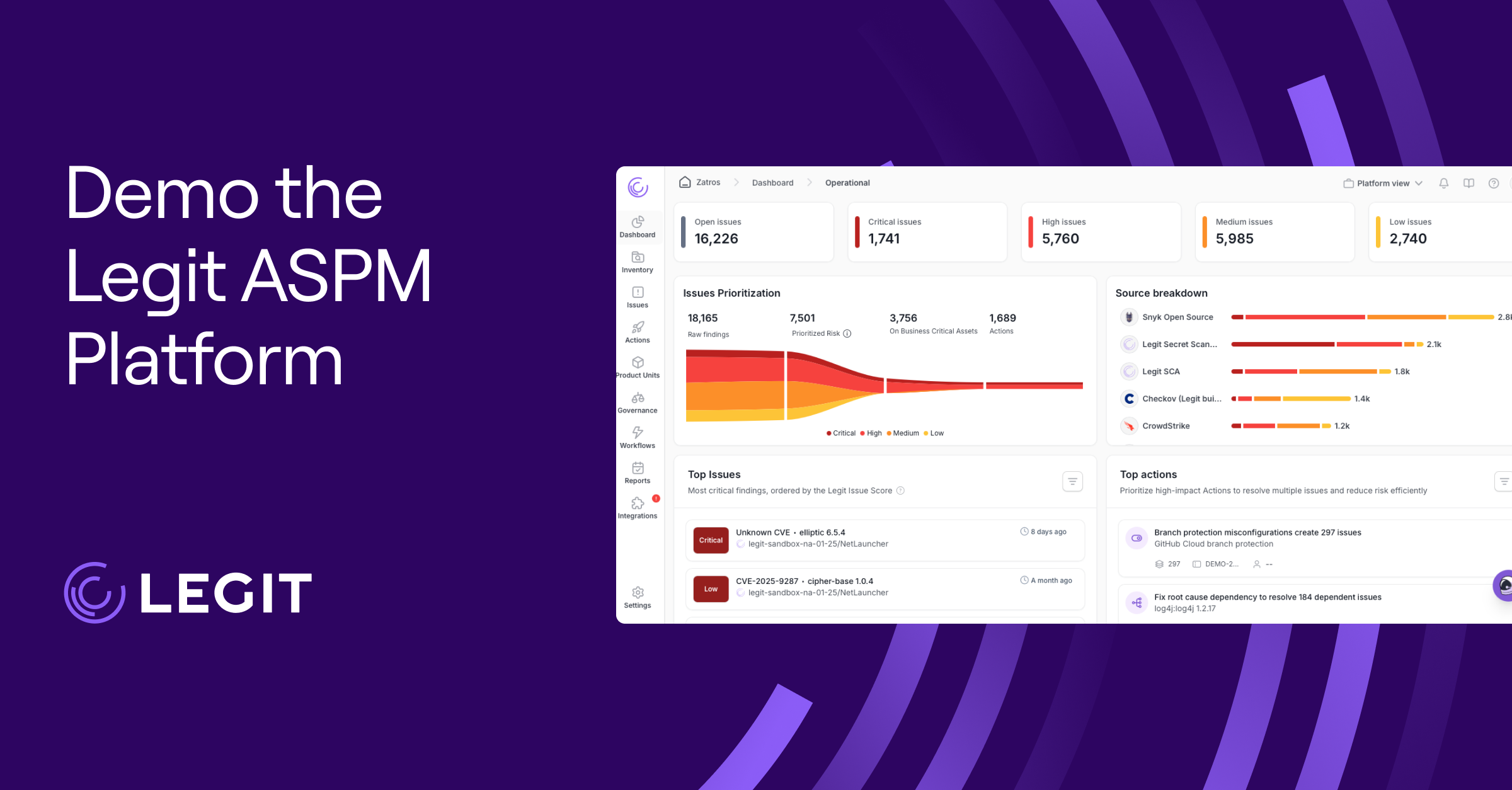Artificial intelligence (AI) and cloud computing are no longer separate innovations. They’re rapidly converging to reshape how organizations store and protect data.
AI brings the speed, adaptability, and predictive capabilities needed to make sense of vast, complex cloud environments, while the cloud provides the scale and flexibility to run AI at full potential. Together, they’re creating new opportunities for efficiency and resilience—but they also introduce new challenges that demand updated security strategies.
Here’s a guide to AI cloud security, the innovation driving stronger cloud protection, and the best practices for securing AI workflows.
How Is AI Impacting Cloud Security?
Traditional security tools rely on static rules that struggle to keep up with the pace of change in modern multi-cloud setups. In contrast, cybersecurity tools powered by AI, such as cloud detection and response, go beyond spotting lateral movement or config drift. They monitor runtime activity, detect unauthorized behavior, and automate mitigation like isolating workloads or rolling back risky changes.
AI systems scale in ways that other tools can’t. Cloud environments can generate terabytes of log data daily, and without AI, separating signal from noise is nearly impossible. Plus, by analyzing behavioral patterns across users and services in real-time, AI tools reduce alert fatigue, catch anomalies that static tools might miss, and give analysts breathing room to focus on actual threats. This leads to faster problem-solving and fewer opportunities for attackers to move undetected.
3 Cloud Security Challenges AI Can Solve
Whether you’re dealing with sprawling multi-cloud setups or simply trying to scale securely, here are three key areas where AI in cloud security delivers real impact:
1. Human Error and Alert Fatigue
Even in well-configured environments, all it takes is one overly permissive identity and access management (IAM) role or an exposed bucket to wreak havoc. And that detail could be buried under thousands of alerts. The role of AI in cybersecurity is to cut through the noise—prioritizing misconfigurations, reducing low-value alerts, and keeping the focus on what actually matters.
2. Rapidly Changing Environments
Cloud infrastructure is constantly shifting. New instances spin up, permissions evolve, and workloads change across regions. And in multi-cloud security environments, this complexity only grows. AI improves cloud security measures by tracking these changes in real time and adapting faster than any rule-based tool can. This adaptability keeps your security posture intact, even as the ground keeps moving.
3. Smarter and Faster Attackers
Threat actors aren’t waiting around. They’re using automation and AI themselves, creating malicious campaigns and spinning up attacks like polymorphic malware powered by generative AI and large language models (LLMs). In these scenarios, cloud vulnerabilities become high-value entry points. The best AI cloud security services respond as fast, using behavioral analysis and automated workflows to stop attacks mid-move.
AI Capabilities Transforming Cloud Security
Cloud threats don’t wait, and neither does AI. These capabilities give you faster detection, smarter controls, and less noise in your way.
Threat Detection and Response
AI picks up what traditional tools miss. It scans telemetry across workloads, services, and users to spot suspicious behavior in real time, then adds context through integrated threat intelligence to explain what’s happening and why. Some tools even take it a step further by triggering an automated response to stop threats before they spread.
Cloud Configuration Management
Cloud misconfigurations are a leading cause of breaches, and most are simple errors that go unnoticed until it’s too late. AI continuously audits your cloud setup while suggesting fixes based on how your systems operate. It highlights problems and makes them easier to fix.
Access Controls
Cloud access grows fast, but not every user or service needs the permissions they’ve been given. Use AI to review access patterns over time and highlight unusual behavior, like inactive accounts with admin rights or unexpected privilege spikes from service accounts, to clean up access before attackers take advantage.
Risk Prioritization
When tools mark everything as "critical," you can’t make real progress. AI changes that by looking at where a vulnerability sits, what it could affect, and how exploitable it really is. This risk-aware view allows you to move faster and more confidently on what matters.
What Role Does AI Play in Cloud Security Compliance?
With AI, organizations can stay compliant by continuously monitoring configurations, access controls, and activity logs against evolving security standards. Instead of relying on human audits or static checklists, AI-powered systems automate cloud security enforcement, flagging potential violations and adapting to compliance drift as it happens.
Many of the most common compliance gaps stem from human oversight, like misconfigured resources, inconsistent tagging, or missed updates. AI reduces that risk by catching errors early and mapping behavior to regulatory requirements. This aligns cloud environments with frameworks like the General Data Protection Regulation (GDPR), the Health Insurance Portability and Accountability Act (HIPAA), and System and Organization Controls 2 (SOC 2).
Securing AI Workloads in the Cloud: 4 Tips
Protecting AI systems in the cloud comes with a unique set of risks, from exposed models to tainted training data. These issues can quietly erode trust in your outputs or open the door to full-on compromise. Here’s how to keep those workloads secure:
- Prioritize data integrity, privacy, and confidentiality: AI models are only as reliable as the data behind them. You need to know who’s accessing what and catch strange behavior before it escalates. In fast-moving pipelines, keeping tabs on access and usage is the first step to cutting off threats early.
- Encrypt sensitive models and training data: Encryption plays a big role in AI cloud security—not just to keep data safe in transit or at rest, but to prevent reverse engineering or model theft. Locking down the data is also a smart move if you’re managing AI in DevOps environments, where model outputs might feed directly into production services.
- Enforce strict data governance: One of the most overlooked risks is bad training data. Whether it's mislabeled, scraped, or quietly poisoned, weak input leads to risky output. Strong data policies and a healthy dose of skepticism go a long way with AI tools that generate code or automation behind the scenes.
- Use a secure runtime for sensitive workloads: Not every model belongs in a shared environment. Confidential AI setups offer hardware-level isolation so you can run sensitive inference jobs without exposing them to the wider stack. This is one of the cleaner ways to address concerns about AI risk in software development.
Enforce AI Cloud Security With Legit Security
Legit Security gives you deep visibility into your software development lifecycle (SDLC), monitoring everything from code changes and model behavior to infrastructure drift and deployment pipelines. That means you can spot risks early and track material changes before they make it to production.
What makes Legit stand out is its shift-left prevention strategy. With tools like the new AI-driven risk prevention dashboard, you can spot missing guardrails, see how many issues the right controls could prevent, and give developers what they need to fix problems at the source. It’s part of a full-cycle approach—find, fix, prevent—that brings cloud and AI security together without slowing innovation. Request a demo today.
Frequently Asked Questions
How Do I Enhance Cloud Security With AI?
Start by integrating AI into key parts of your security stack, like threat detection and misconfiguration monitoring. AI tools can analyze behavior in real time, flag unusual activity, and automate responses across your environment. Look for platforms that support your cloud infrastructure and can scale with your workloads.
What Are the Challenges of Implementing AI in Cloud Security?
While AI adds speed and insight, it comes with challenges. False positives, integration issues with legacy systems, and a lack of clean training data can all slow adoption. Plus, without strong governance, AI tools may provide more noise than value.
Download our new whitepaper.


